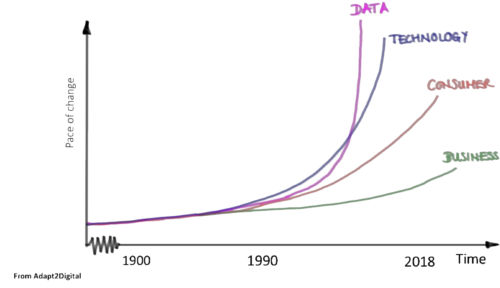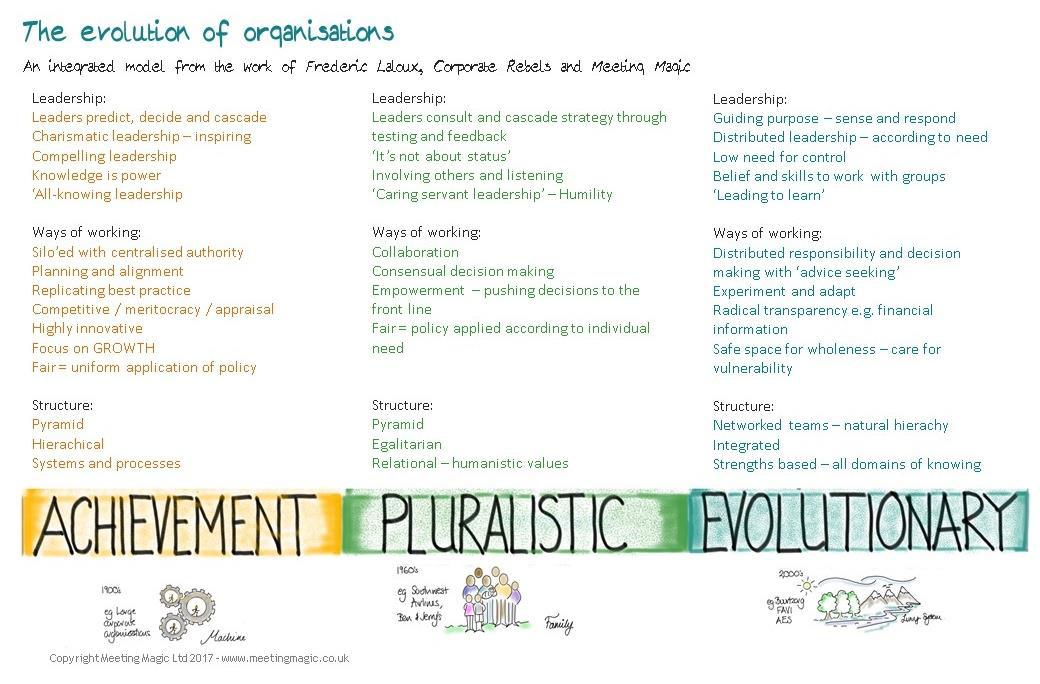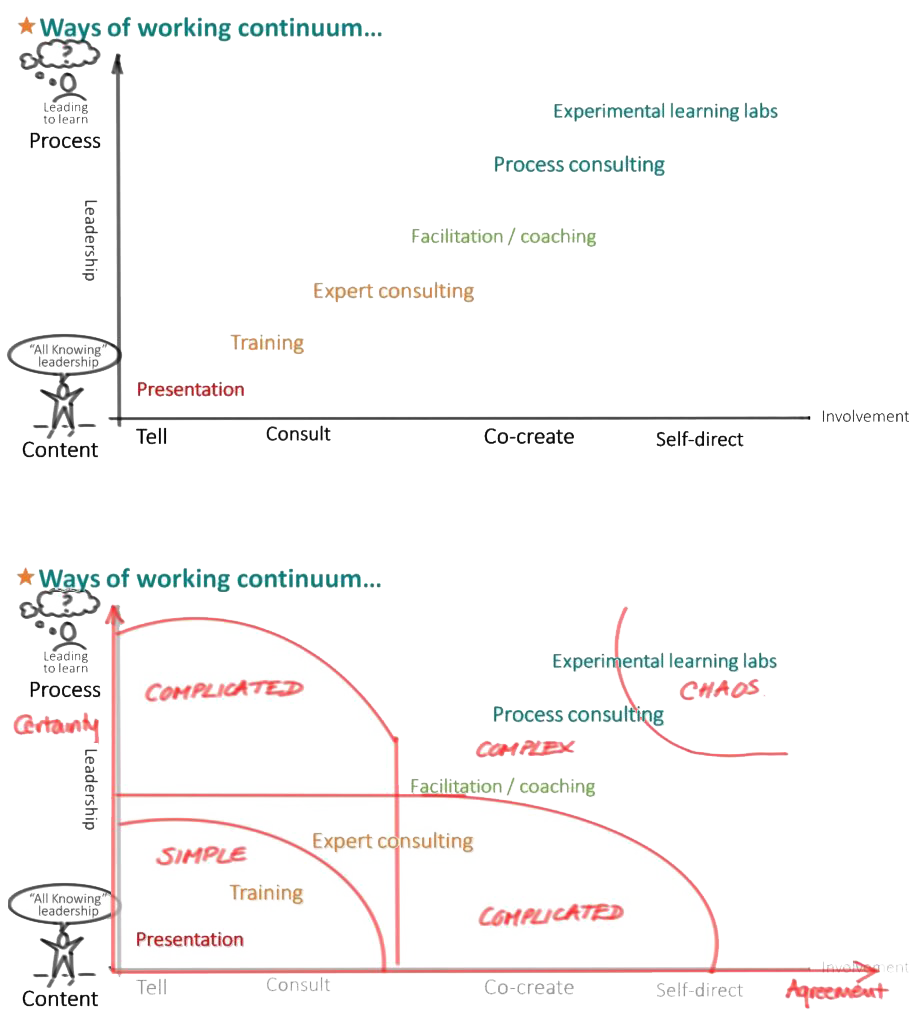As Meeting Magic moved through its 18th birthday I have been reflecting on the connections between meetings, the challenges businesses face today and the benefits of humanising our workplaces.
One of the main shifts I have made in my thinking about the work we do, can appear to be a spelling mistake!
Meetings – the noun – have a bad reputation. They have become places where people present at each other in dimly lit rooms or on virtual platforms. This does not maximise the human potential in the room, or on the call. In fact it can suck the life blood out of you 🙂
However, meeting – the verb – is the act of bringing people together to collaborate, to connect and converse, to make new meaning. This maximises the human potential in the group, and this (sometimes small) act holds the key to how we leverage the human potential in our workplaces.
The Need to Humanise our Workplaces
The need to humanise our workplaces, communities and organisations has never been more necessary than now. As we approach the era where AI will replace many mundane human tasks, it feels even more important to dial up what humans are really capable of. One of the issues is that we don’t see our organisations as human systems. The dominant mental model is of an industrial machine, with people as components, who can be moved and replaced, and injected with knowledge so they do what is needed.
If we think about our organisations as living human systems, then we need to think about people differently. The trouble with people is that they are complex and sometimes messy. But they are also amazing. Amazing at being able to work together, to come up with new, creative solutions. This is the potential power that resides in most organisations untapped, because it requires us to create workplaces where people can bring their whole selves to work. ‘People are our greatest asset’ might be plastered on the walls of many corporate offices, but the reality is that most workplaces are not safe spaces for people to bring their whole selves into. And yet, when we leave our personal lives at home or in the car park, we leave part of our humanity behind, which stops us really bringing our full potential to our work.
You may be reading this thinking that your organisation does care about people. So test this… think about what happens in the ‘rub’, when times are tough where do we go?
- Do we keep people development as a top priority?
- Do we prioritise travel budgets to allow people to meet face to face?
- Do we keep investing in the communities and causes we care about, things that make our hearts sing?
I know I have fallen into this trap… assuming that if we work harder, or smarter, we can achieve more as a business. And yet, when I have attended to things that feed the human soul, and dealt with the human conflicts in my business, it has unleashed powerful performance. To work this way we have to believe that, if people flourish our businesses will.
Ability to Keep Up with the Curve – the Pace of Change
This graph tells a story most people are familiar with – the pace of change has increased exponentially in the last two decades, and most businesses are not keeping up. The reality I see is that change is part of life. If we think of any living system it changes, adapts and evolves throughout its life. Some parts my die off, and new seeds emerge as the system senses and responds to its environment.
Human beings are more than capable of learning and change, but the way we work in many large organisations inhibits this innate ability.
Paying Attention to the Intangibles
By ways of working I mean leadership, patterns of behaviour and structures. These are the intangibles that are mainly overlooked because we live in a world that behaves as if anything that can’t be measured doesn’t exist – the allure of the tangible!
In an attempt to make these things more tangible we have started by developing these models and frameworks. In the first I have taken Frederic Laloux’s evolution of organisations and expanded the most recent evolutions to show the ways of working that relate to each stage. There is a growing body of evidence that organisations who will be successful in the future will evolve towards the RHS.
In this second model, we have integrated a number of different models. The X axis is developed from Pete Senge’s work, showing the different ways of involving people. The Y axis shows the shift from focus on content and knowledge, towards focus on focus and the ability to work in the ‘unknowing’ space to leverage collective wisdom.
If we then overlay Ralph Stacey’s complexity and chaos theory model on top, we start to see that we need different ways of working for different environments or situations. For example… if we are in a simple situation with a clear solution, we don’t want to over complicate it by involving lots of people in creating the solution. However, when we are dealing with complex situations, we need the skills to be able to work in more collaborative ways, to harness diverse perspectives. Part of the challenge comes in identifying when we are in the complexity space. I hear many leaders today acknowledging the complexity of their situations, so I think there is a growing awareness of this. I also hear plenty of talk about collaboration. What I rarely see is the time and skill being invested in true collaboration in the workplace, by this I mean creating spaces in the workplace where: people to get to know each other personally; trust is actively developed; vulnerability is supported; diverse views are involved and encouraged; difference is explored; disruption to linear thinking is encouraged; creativity is developed.
Where to Start
And yet we have these everyday spaces where we can work this way if we choose….
They are called meetings…
At the moment meetings (noun) are broken… they are places where we bring people together and pretend that we can do work without taking care of the people. How many times do we start work in a meeting without even finding out how people are? But, if we choose to meet (verb) in truly collaborative ways we can unleash the human potential … by developing the skills to work with the intangible relational and knowledge energies that exist between people.
To radically change the way we think about how people meet in the workplace we need to recognise that attending to the human system is the work that develops performance.
We have the ability to unleash the human potential in our organisations by fundamentally changing how we meet… one meeting at a time!




